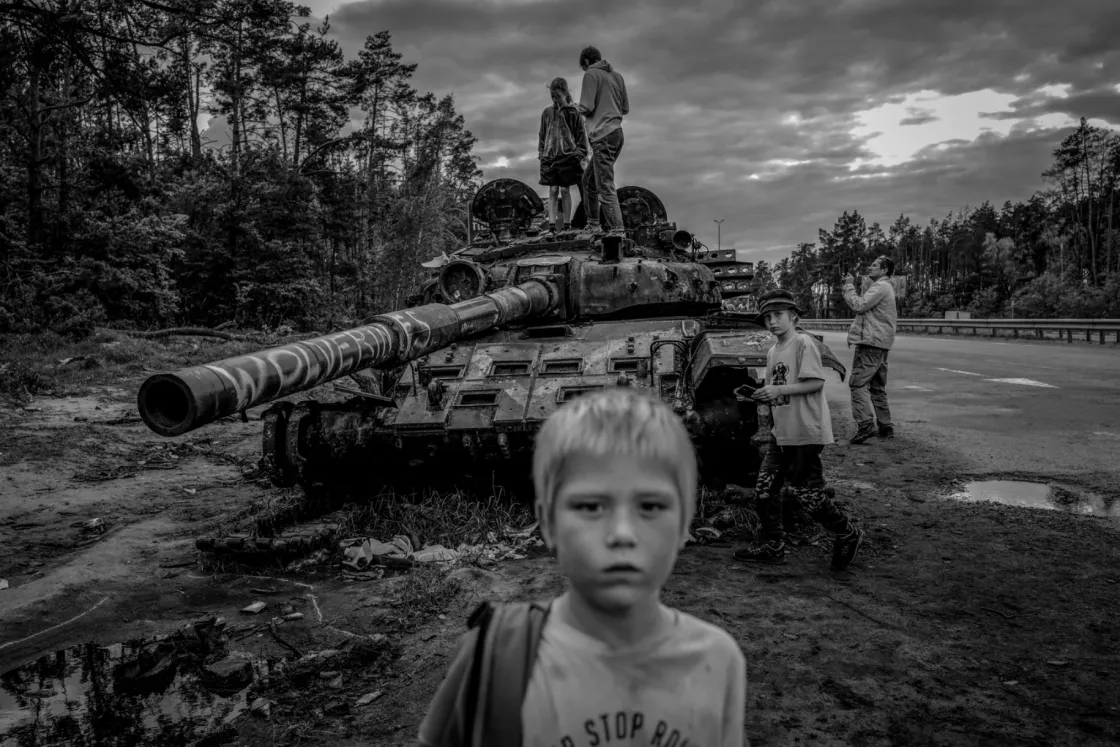
Telex photographers were awarded in several categories at the 41st Hungarian Press Photo Awards.
2021 was clearly dominated by the Covid epidemic regarding press photos, but in 2022 the epidemic took a back seat and was, hardly unsurprisingly, replaced by the war between Russia and Ukraine. Two of Telex's photographers won prizes at the 41st Hungarian Press Photo Awards with their on-the-spot reports on this conflict in our neighbourhood, and the Márton Munkácsi prize for the best collection was won by our colleague István Huszti. He also won first place in the individual news photo category with his photo taken in the Mykolaiv cemetery on the Ukrainian frontline. He also won all three prizes in the photo report category, with his first prize winning series about the hardships of living in war zones, his second prize winning series about the areas liberated from Russian occupation that the Russians are constantly trying to retake, and his third prize winning report on the training of Ukrainian volunteers. Another Telex photographer, János Bődey, won third prize in the art (series) category for his still lives of the preparations for war. Noémi Melegh won second place in the category of social portrayal (series) with her work on a homeless couple living on the margins of the Roma community.
This year, 269 photographers entered 2,443 entries (including 1,881 individual images and 562 series), with a total of 6,810 photos submitted, a thousand more than last year. The jury of this year's competition included: Tamás Szlukovényi, Curator of the Archive of Modern Conflict, former Global Senior Photo Editor of Reuters, Stephane Arnaud, Senior Photo Editor of AFP, Adrian Evans, Director of Panos Pictures, Daniela Mrazkova, Czech photography writer, multiple jury member of World Press Photo and Pictures of the Year, photojournalist Ákos Stiller, a correspondent for the New York Times, National Geographic, CNN, Spiegel, and Stern.
Below are the photos and the series with the authors' commentaries.
News and Events photography 1st prize

István Huszti (Telex): Apocalipse
Russia, following its attack on Ukraine on 24 February 2022 has been attacking the Ukrainian population and civilian targets with artillery and long-range rocket attacks, forcing people to leave their homes. Mikolayiv, a town in southern Ukraine, has been under constant attack for almost a year now, because the road to Odesa passes through it, so it is strategically important. The cemetery in and around Mikolayiv has been hit by several rocket attacks, and funerals have been conducted with great haste because of the attacks. Two rockets hitting the rubbish dump near the cemetery ignited the rubbish, enveloping the headstones in smoke.
Photo Report 1st prize
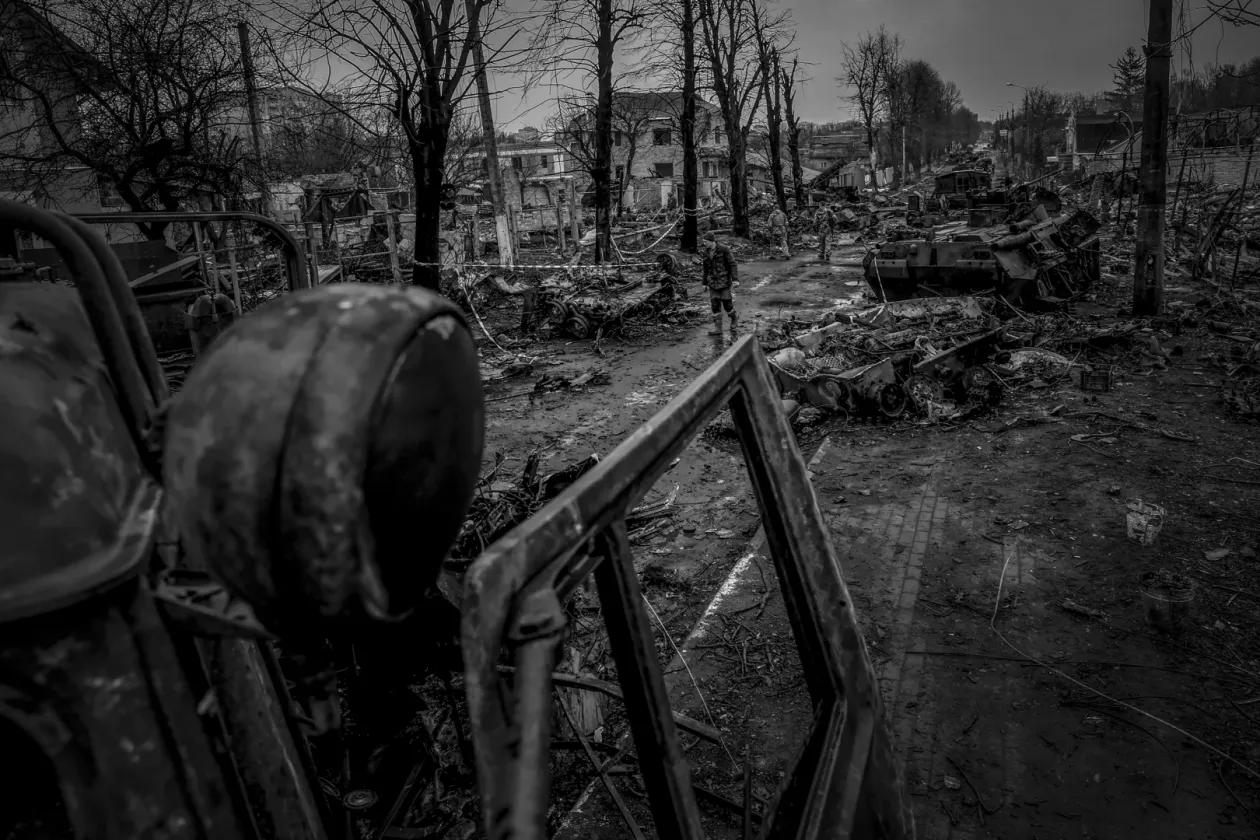

István Huszti (Telex): Shards
Almost a year ago, Vladimir Putin launched a full-scale offensive against Ukraine. The war between Russia and Ukraine has been going on in some form for eight years, but since 24 February, Hungary's eastern neighbour has seen the most intense fighting in Europe since the Second World War. Fourteen million people have been displaced, over 17 000 civilians have been injured in the war, and more than seven thousand of them have been killed by Russian bombs and missiles. Those living in occupied or war-torn territory face a constant threat to their lives. If they do not have to cope with rocket attacks or Russian soldiers, then they have to deal with shortages of water, electricity and food, not to mention the psychological trauma that will define the lives and daily routines of generations for a long time to come. These physical and invisible shards cause permanent damage to every single member of Ukrainian society.
Photo Report 2nd prize
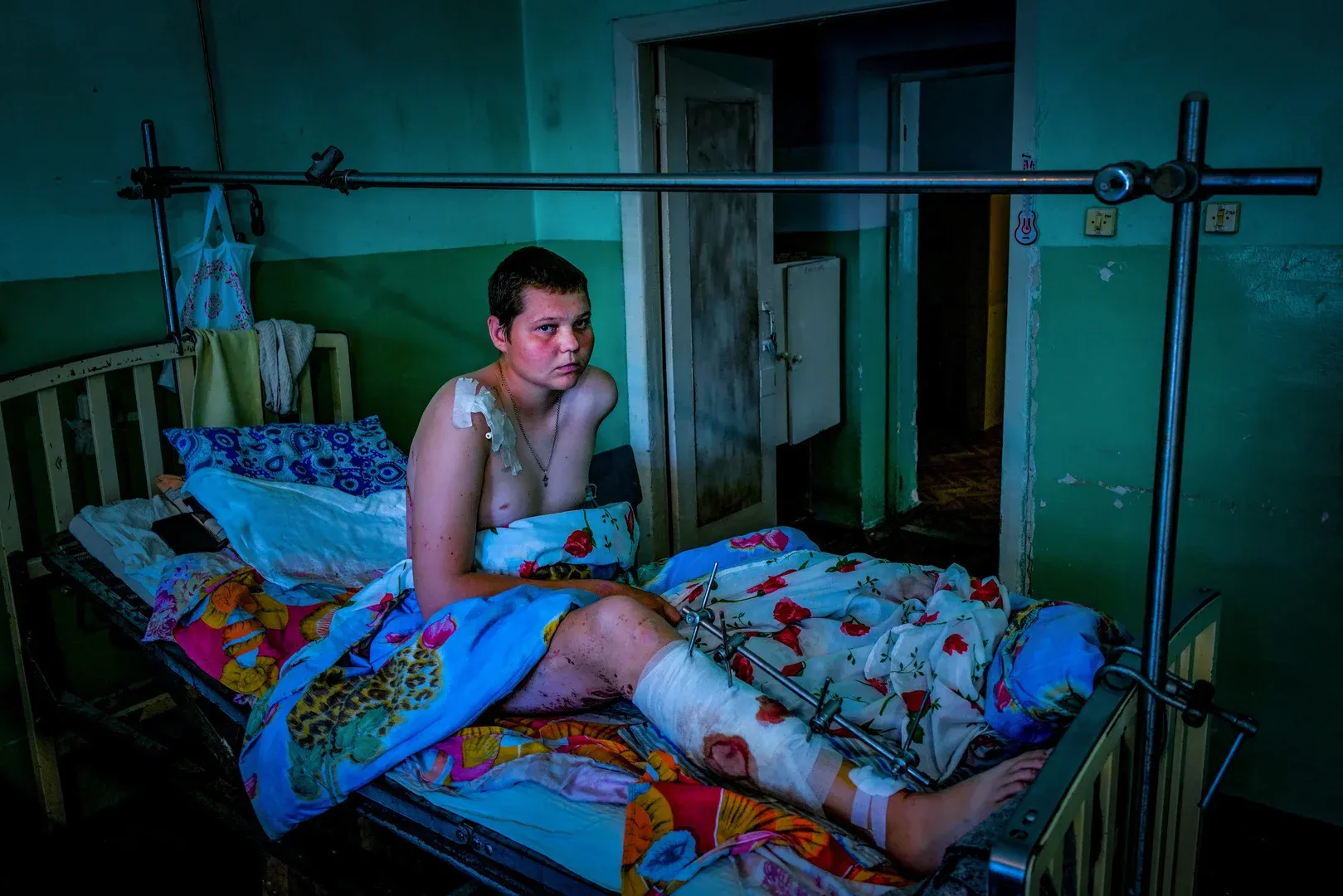
István Huszti (Telex): Hard Times
On 24 February, Russia attacked Ukraine, causing millions of people to flee their homes. The Russian army has continued to attack the civilian population, killing thousands of civilians and injuring more than 10,000. Ukrainians are fleeing from areas liberated from Russian occupation because the Russians continue to attack these areas, where the attacks have left them without water and electricity, and where they have access to food only in the form of aid.
Photo Report 3rd prize
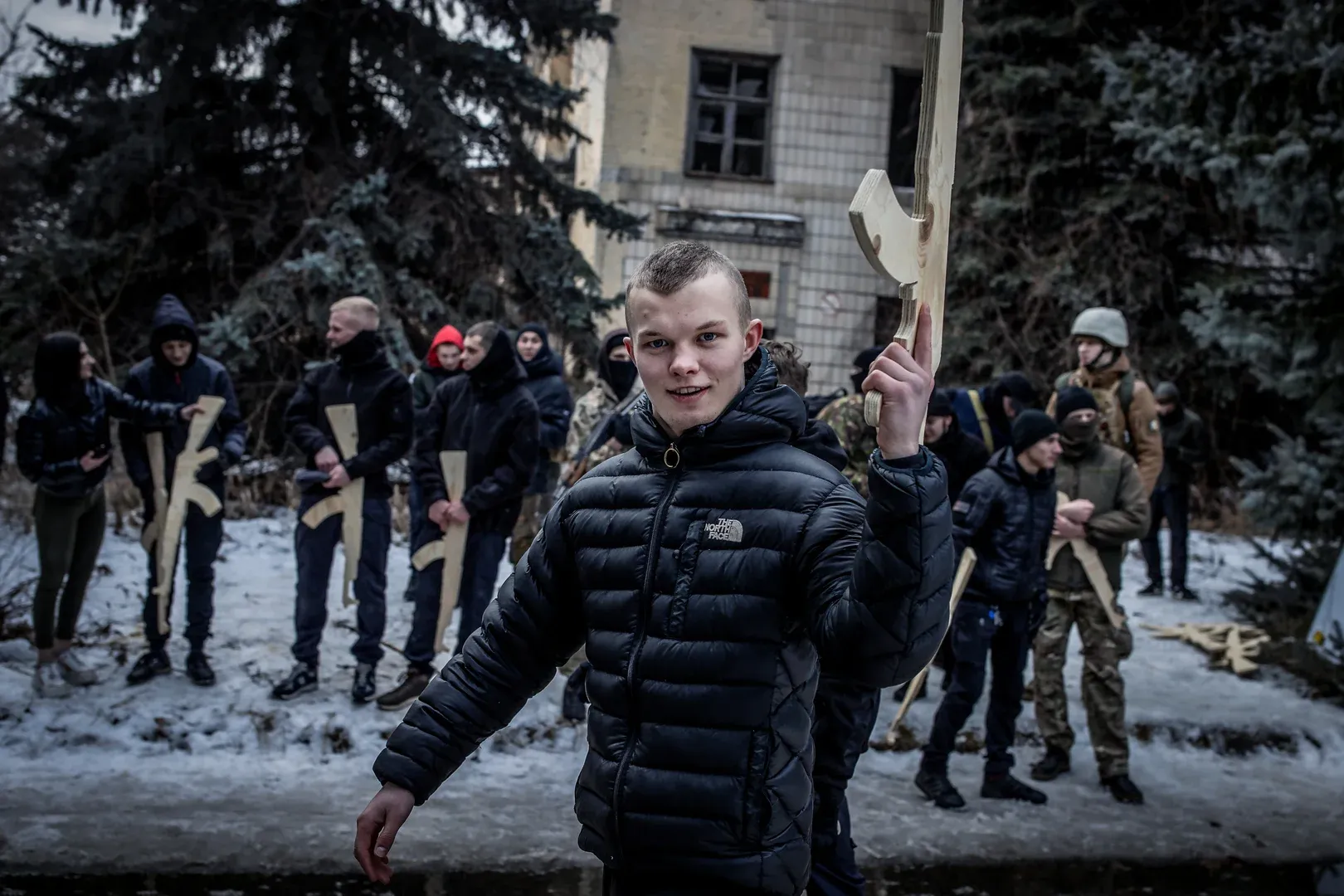
István Huszti (Telex): Total Resistance
Combat training and preparation of Ukrainian volunteers for a possible Russian invasion. With the Russian military build-up and the deepening conflict between Russia and the West, the population of Ukraine began to prepare in earnest for Russian occupation. Instructors with combat experience are using wooden models of Kalashnikov machine guns to teach tactics to volunteers. Such classes are led by participants in the „Total Resistance” public initiative, who have combat experience.
Everyday Life (individual) 1st prize
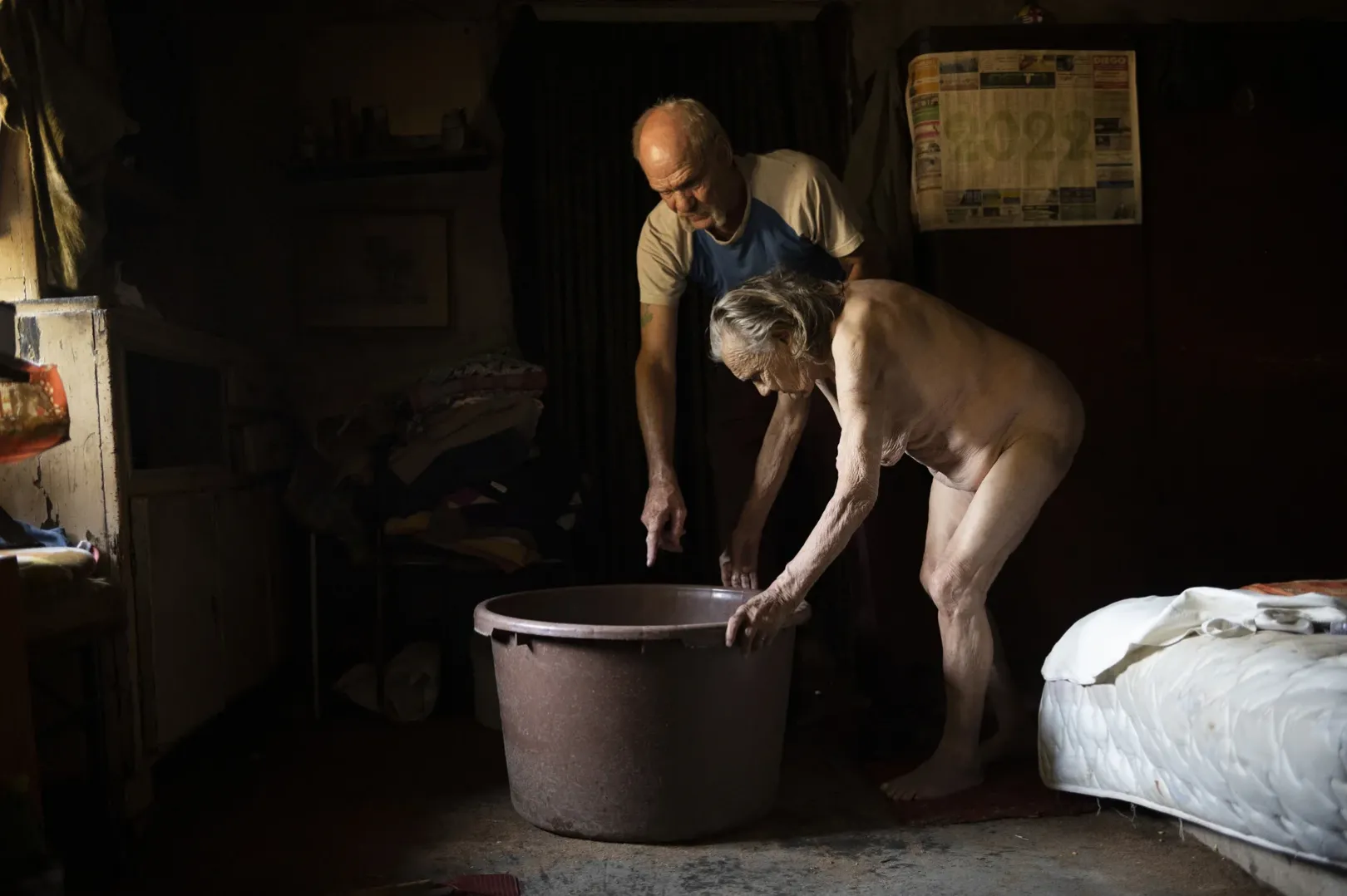
Cini Fodor (freelancer): Evening Bath
Tibor lives in the oldest house in Bátaapáti with his sick partner, „Mama”. Within the walls, it seems as if time has stood still for 100 years. The couple, living in abject poverty, wash in a bathtub without running water. Tibor cares for his mentally ill partner with humility and devotion.
Everyday Life (series) 1st prize
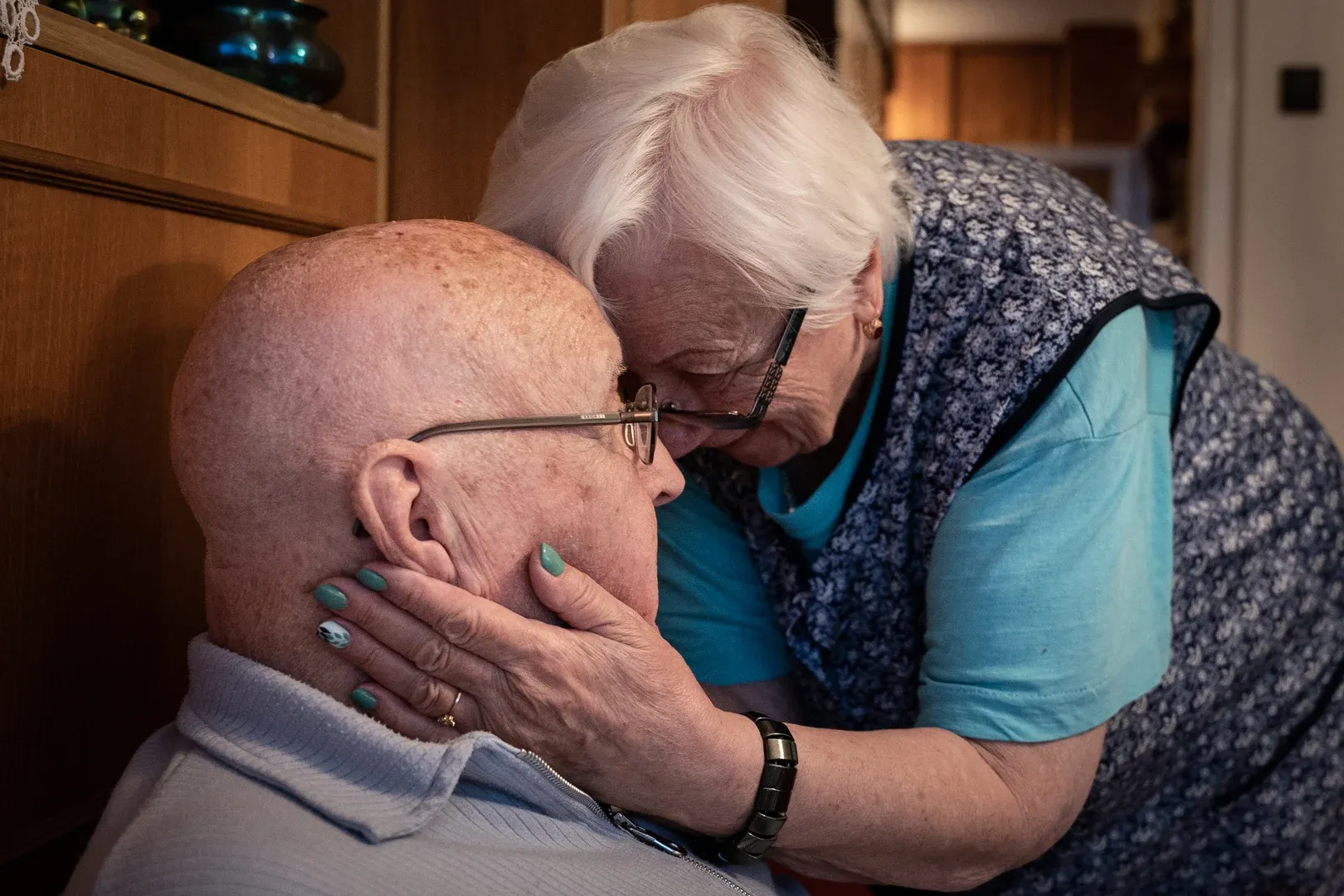
Bálint Szajki (24.hu): In Health and in Sickness
Sándor Leé (96) and his wife Marika (83) are a retired couple living in the Újhegy housing estate in Kőbánya, Budapest. Married for 63 years, they have two children and six grandchildren. They have not spent any significant time apart since they met in 1957. Sándor lived an active life until the age of 89, working as a foreman and winemaker, and Marika as an accountant.
In 2015, Sándor suffered two strokes within a year. Since then, his condition has been steadily deteriorating, combined with dementia, which has severely limited his speech and mental abilities. He relies on his wife for mobility and to navigate around the house. Marika uses all her strength and love to care for and help her husband without medical assistance. Since Sándor is no longer able to leave the flat, he spends his life indoors or sitting on their balcony, where he can see the outside world and get sunlight despite his poor eyesight. For Marika, caring for her husband is a 24-hour-a-day job, but her unbreakable love and devotion are stronger than any obstacle.
Human Portrait (individual) 1st prize

Árpád Kurucz (Magyar Nemzet)
István Orosz, Kossuth Prize winning graphic artist
Human Portrait (series) 1st prize

Mátyás Szöllősi Mátyás (freelance): In the Shadows
The Ukrainian region of Transcarpathia is an underdeveloped region, both infrastructurally and economically, and the situation is further complicated by the war between Russia and Ukraine that broke out in early 2022. A large part of the population, especially the young, has left the region, leaving many people with disabilities alone, mainly in villages, struggling to fend for themselves. There is hardly a family or a house without a cancer patient or a person with a serious illness due to working conditions or lack of medical care. Many of the patients are elderly, so organising self-care and basic care is also a serious problem, not to mention the fact that an average pension is the equivalent of around 50-65 euros, and disability benefits have to be reapplied for year after year, which for many single people is an insurmountable problem and task. The photos were taken between 1 March 2022 and 30 June 2022 in the Berehovo District of Transcarpathia.
Art (individual) 1st prize
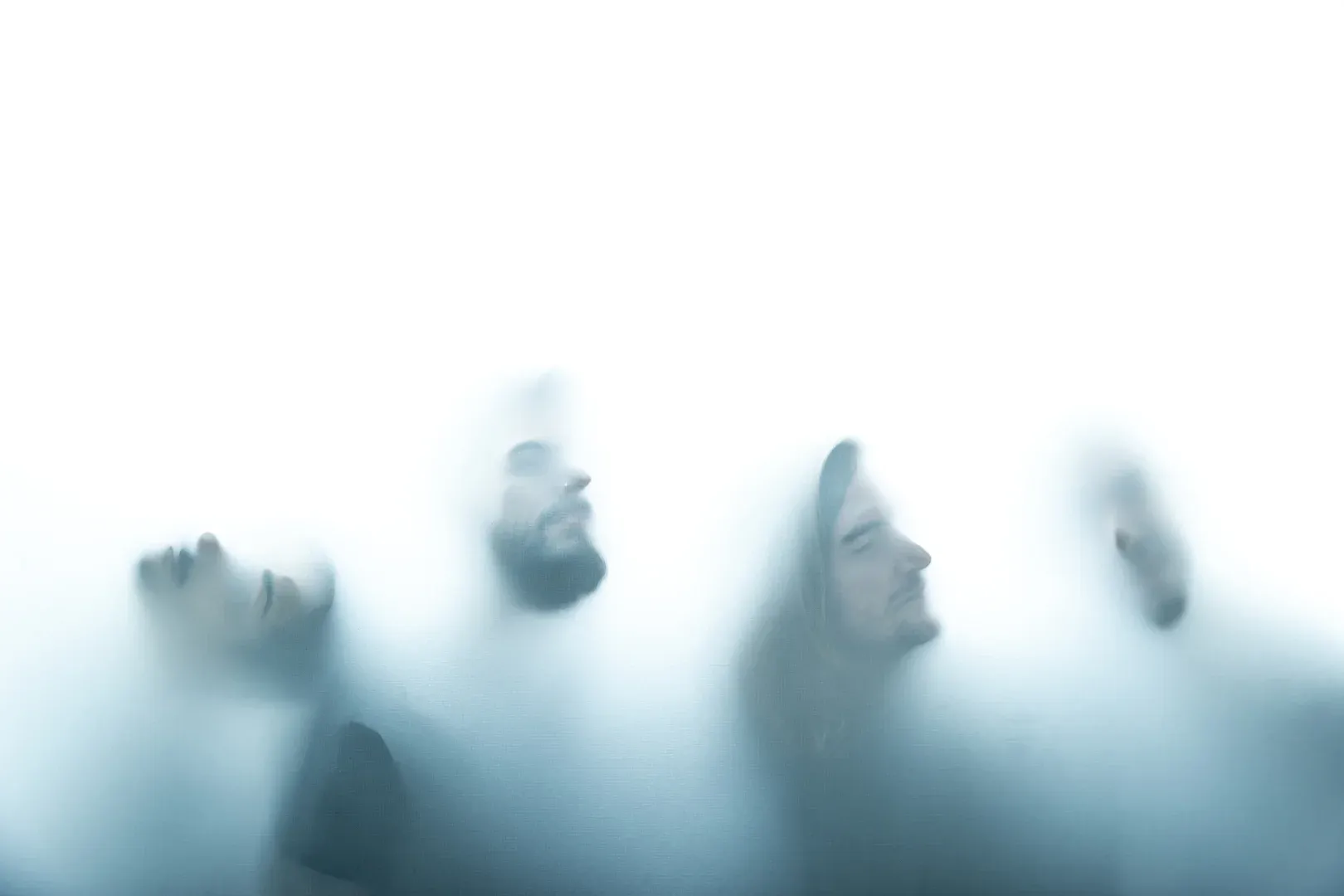
Árpád Kurucz (Magyar Nemzet)
The AWS band. Photography for the Hungarian Culture Magazine.
Art (series) 1st prize
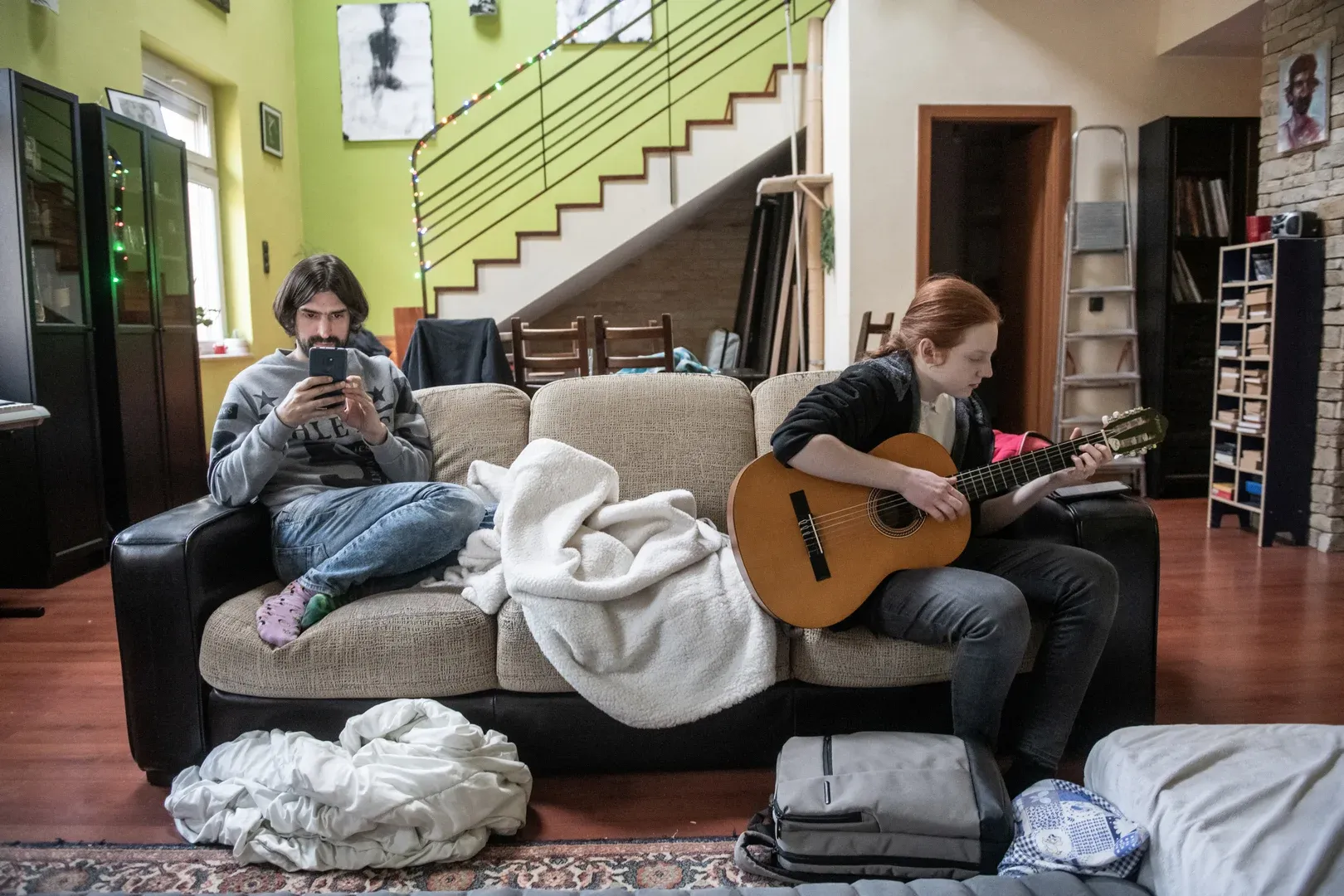
Márton Béres (Népszava): Musical Refuge
Valeria Lysenko and her mother, Olena Lysenko, fled Kyiv after Russia bombed the city. On arrival in Budapest, they were brought together by chance with Vivien Rene, who, along with her flatmates, took them in along with several other refugee families from Ukraine. Vivien René not only provided them with accommodation, but also organised two concerts in Budapest for the extremely talented girl, who had been a successful contestant on the Ukrainian Voice TV show, and her mother, who works as a singing teacher. The proceeds of the concert were donated to a foundation for Ukrainian refugees. The photo report shows their life in Budapest. Besides the temporary accommodation, the concerts and the music they played together also gave them refuge from the traumas they had experienced.
Art (series) 3rd prize
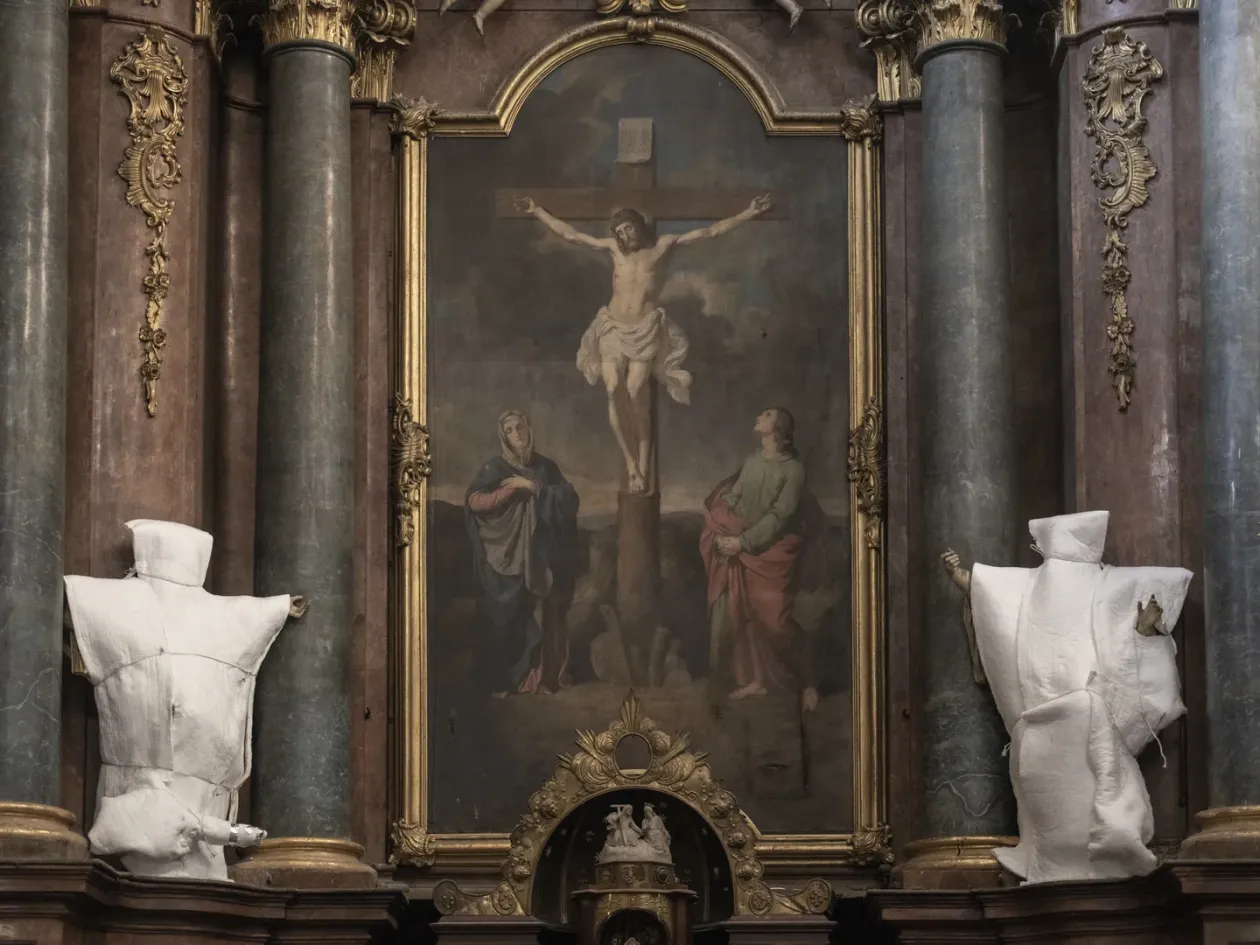
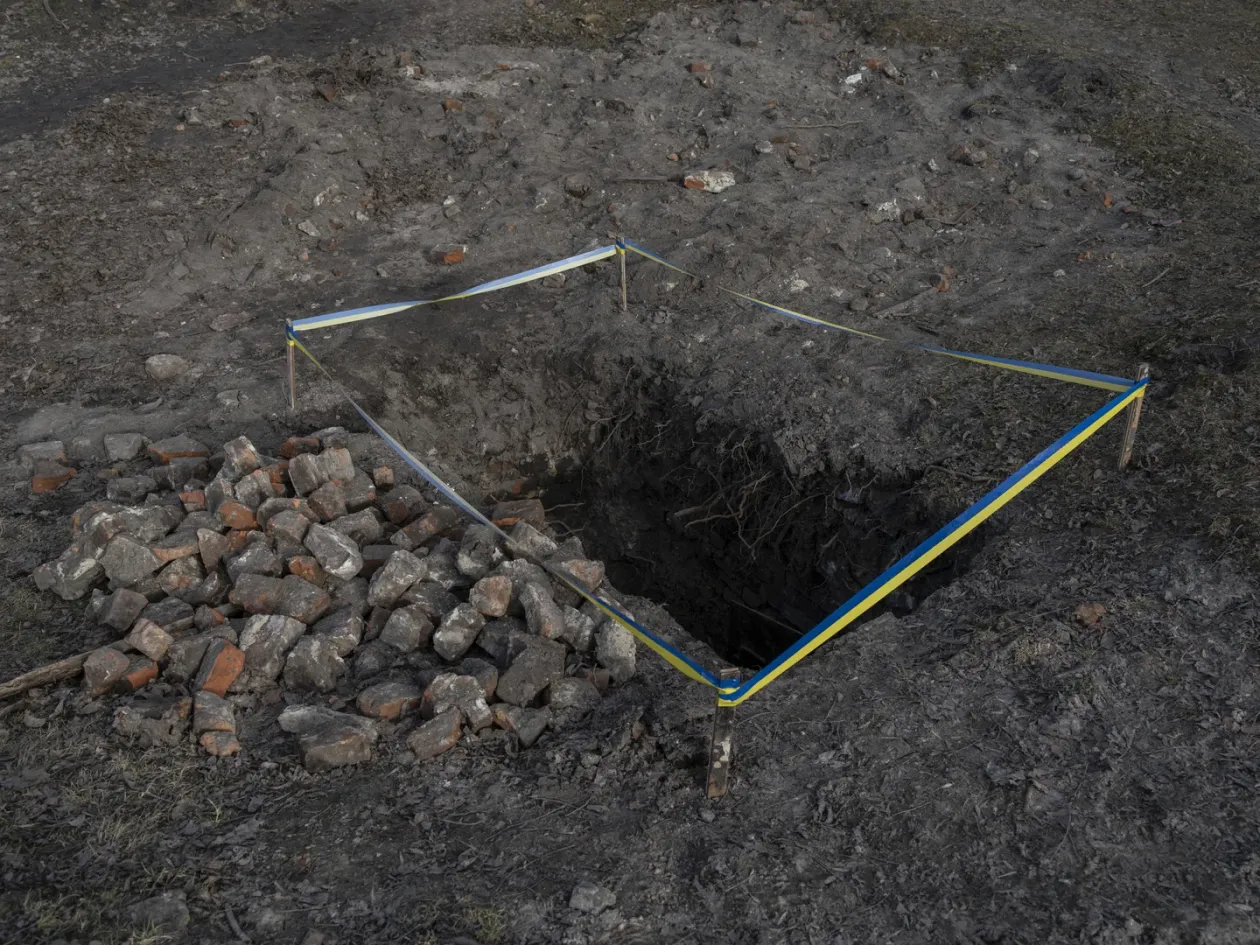
János Bődey (Telex): You can't escape war even if you don't get bombed
War is an ultimate existential experience that is impossible to ignore, even when the fighting is hundreds of kilometres away and the sight of destruction is familiar only from the news. War is present in Ukraine even where homes and hospitals have not been bombed; where innocent civilians are not starving; where the dead are not buried in mass graves. The constant threat leaves its mark everywhere: on people's souls, on the landscape, and on the built environment. Constant preparedness and preparation for the worst became part of everyday life. Guessing when the threat called war will reach your home and how long the apparent peace will last. The city is also being transformed, with buildings and spaces taking on new functions. The cellar becomes a bomb shelter, the theatre a refuge shelter. Rusty tank traps and sandbags fill the streets. The fallow land is torn up to make room to bury the freshly fallen soldiers.
Sport (individual)
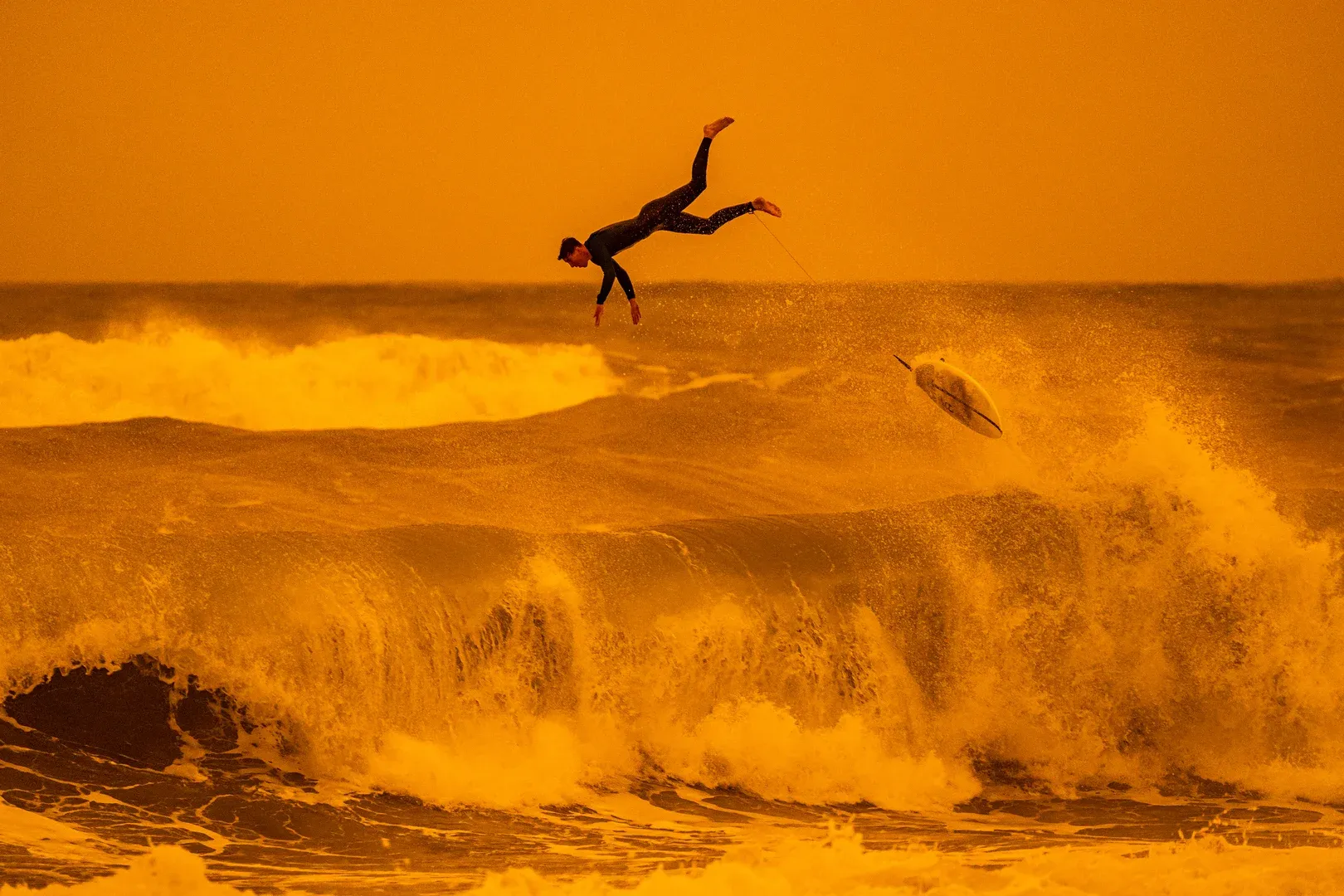
Gábor Erdélyi (freelance): Flying in a Sandstorm
On 24 March 2022, a sandstorm (calima) hit southern Spain. During a calima, huge sand clouds blowing from the Sahara into Spanish territory cause sand or dust to float in the atmosphere. Visibility deteriorates, the sky turns yellow, orange or red, the air becomes heavier and everything is covered in a fine layer of dust. In these weather conditions, waves of several metres reached the shore at the municipality of Fuengirola. The picture shows a local surfer braving the huge waves and the Saharan dust particles floating everywhere in the air.
Sport (series) 1st prize
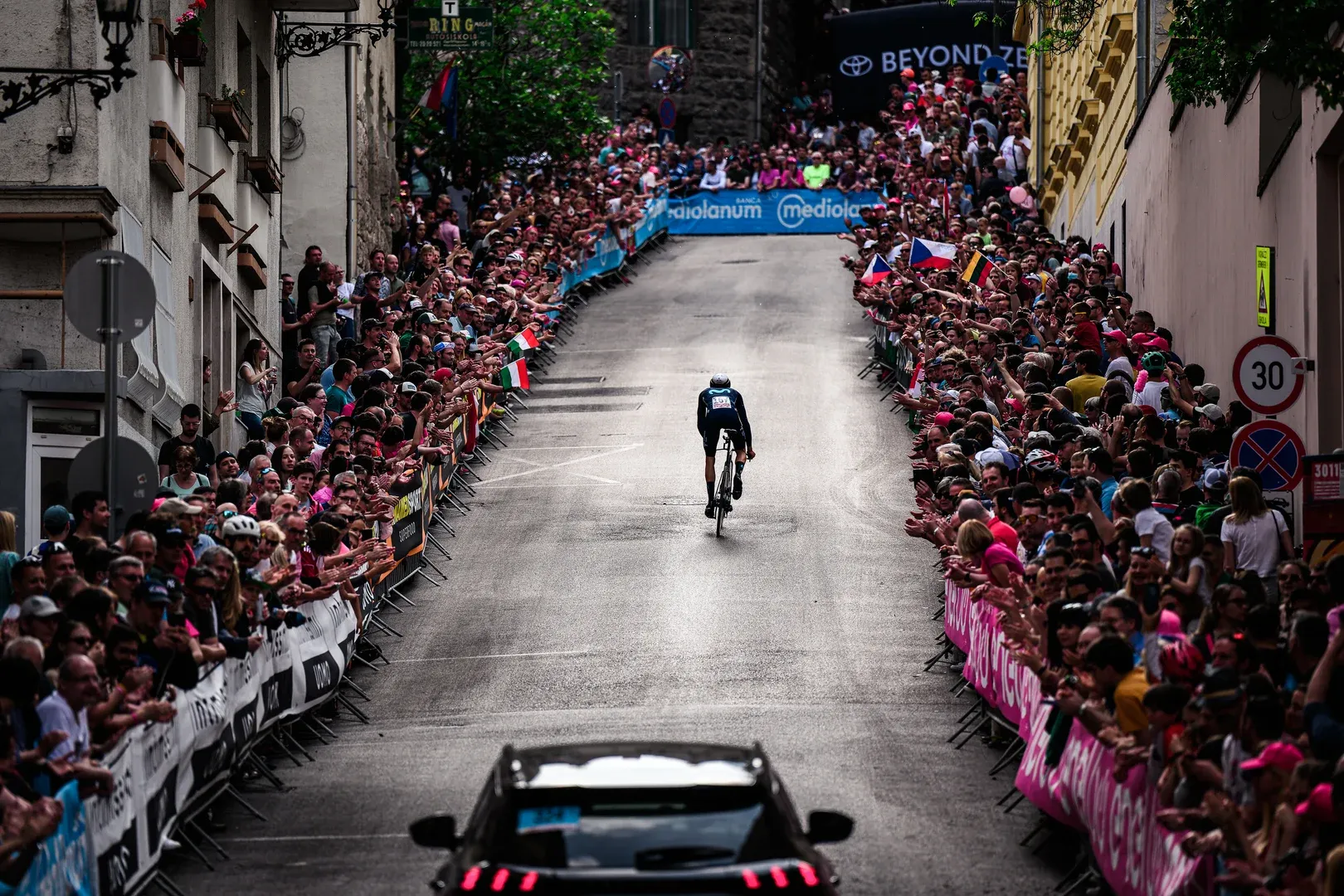
Zoltán Vanik (Hungarian Cycling Federation): Once there was a Giro d'Italia in Hungary
Nature and Science (individual) 1st prize
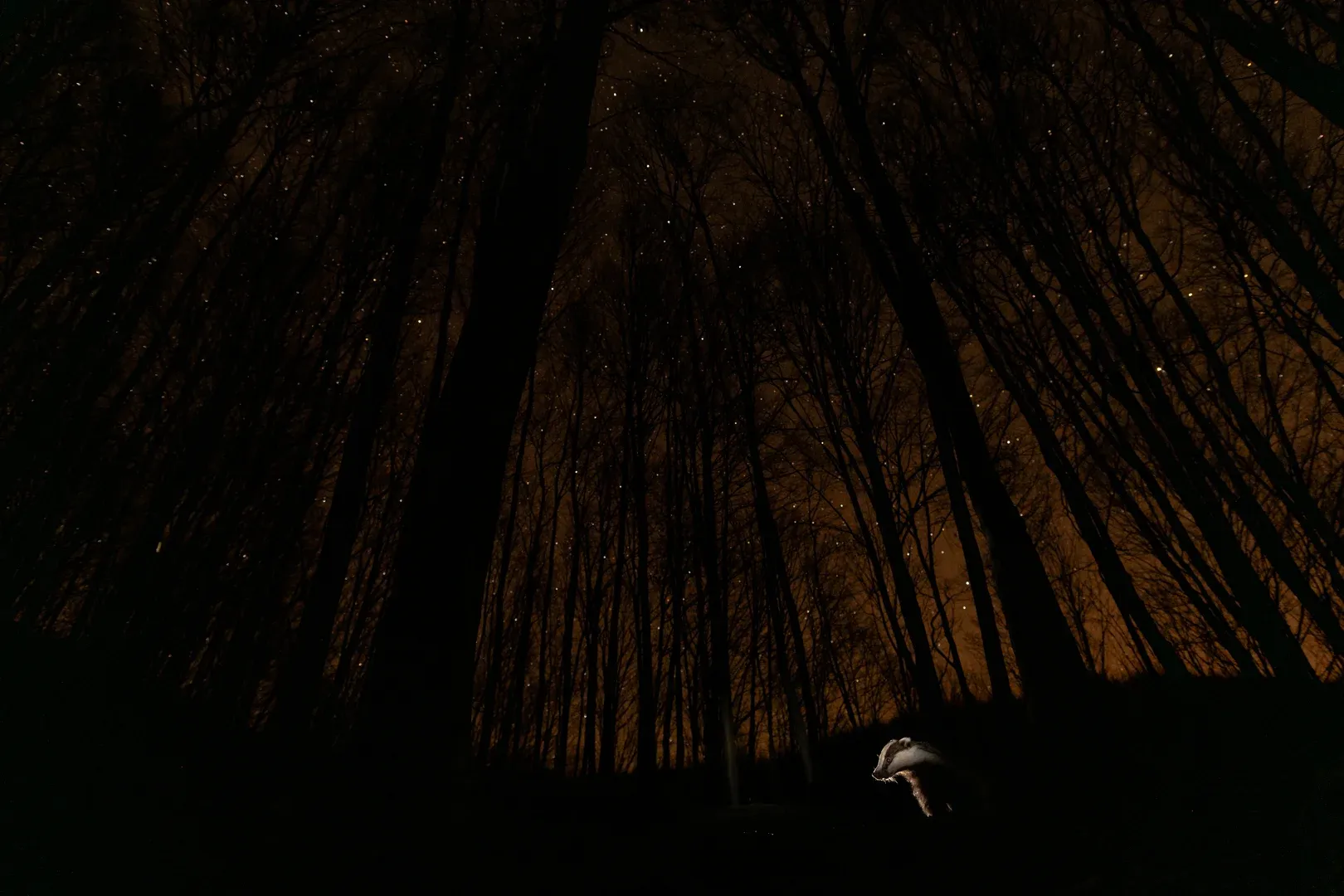
Ádám Horváth (freelance): The World of the Badger
The badger castle I observed in the Bakony has many exits. The main exit changes from season to season. The exit used last spring gave me the opportunity to photograph a member of the family under the starry sky.
Nature and Science (series) 1st prize

Zsolt Balázs (freelance): Silent Skies above the Rumbling Fields – The Summer Drought of 2022 in Hungary
In 2022, months of extreme drought hit large parts of Europe, including Hungary. Most irrigation canals, reservoirs and lakes in the Great Plain dried up and the water levels of the country's two largest lakes, Lake Balaton and Lake Velence dropped significantly. The living conditions of both the wildlife and the people living there have changed radically. These changes and their consequences: wind storms, wind erosion, heat waves and fires, are already having a negative impact on our transport, health and food supply systems worldwide. And last summer, several heat waves hit the region and Hungary. Researchers say that unless we act now, these deadly climatic conditions could become the norm by the end of the century. According to average climate scenarios (REMO-ECHAM5), 2/3 of Hungary will become a steppe zone between 2050 and 2100. This series is an excerpt from my long-term series on the Great Plain.
Social Portrayal, Documentary Photography
(individual) 1st prize
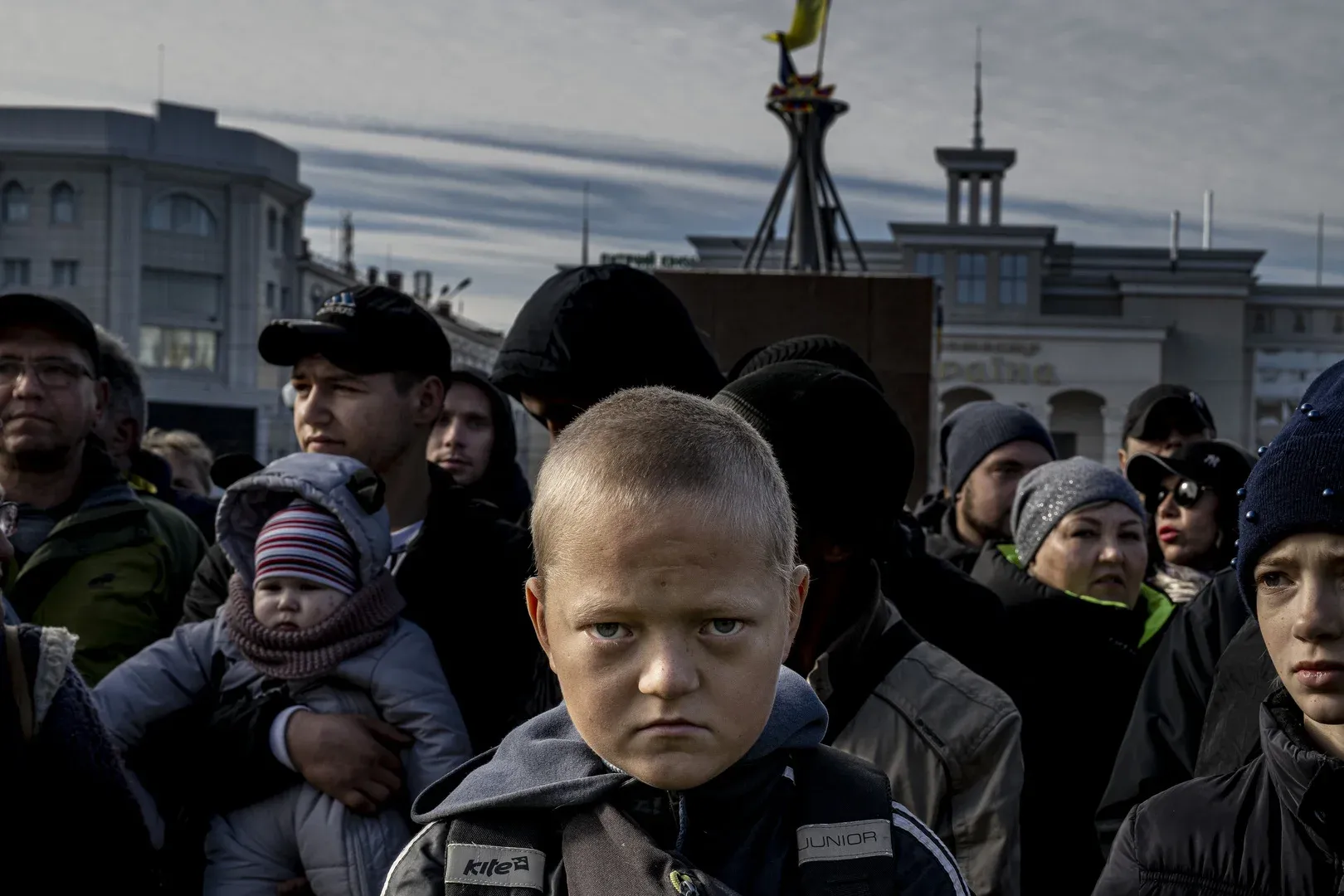
András Hajdú D. (freelance): The Boy from Kherson
On 11 November 2022, Ukrainian forces liberated Kherson from Russian occupation, a huge success as Kherson was the only county seat that had been occupied by the Russians since the beginning of the war. The press was first allowed into the liberated town on 14 November, when President Zelensky made an unexpected appearance and addressed the still shocked population: „This is the beginning of the end of the war,” he said. „Step by step, we will liberate all the temporarily occupied territories.” The gathered crowd was silent; there was no sign of excited celebration. Nine months of repression and constant shelling by the retreating Russian army had left their mark on the celebrations. Glib (13) was in the front row to hear Zelensky's speech, the first time his parents had let him out of the house since 24 February. The boy's precocious looks and hard gaze quickly became the face of Ukraine's fight for freedom.
Social Portrayal, Documentary Photography
(series) 1st prize
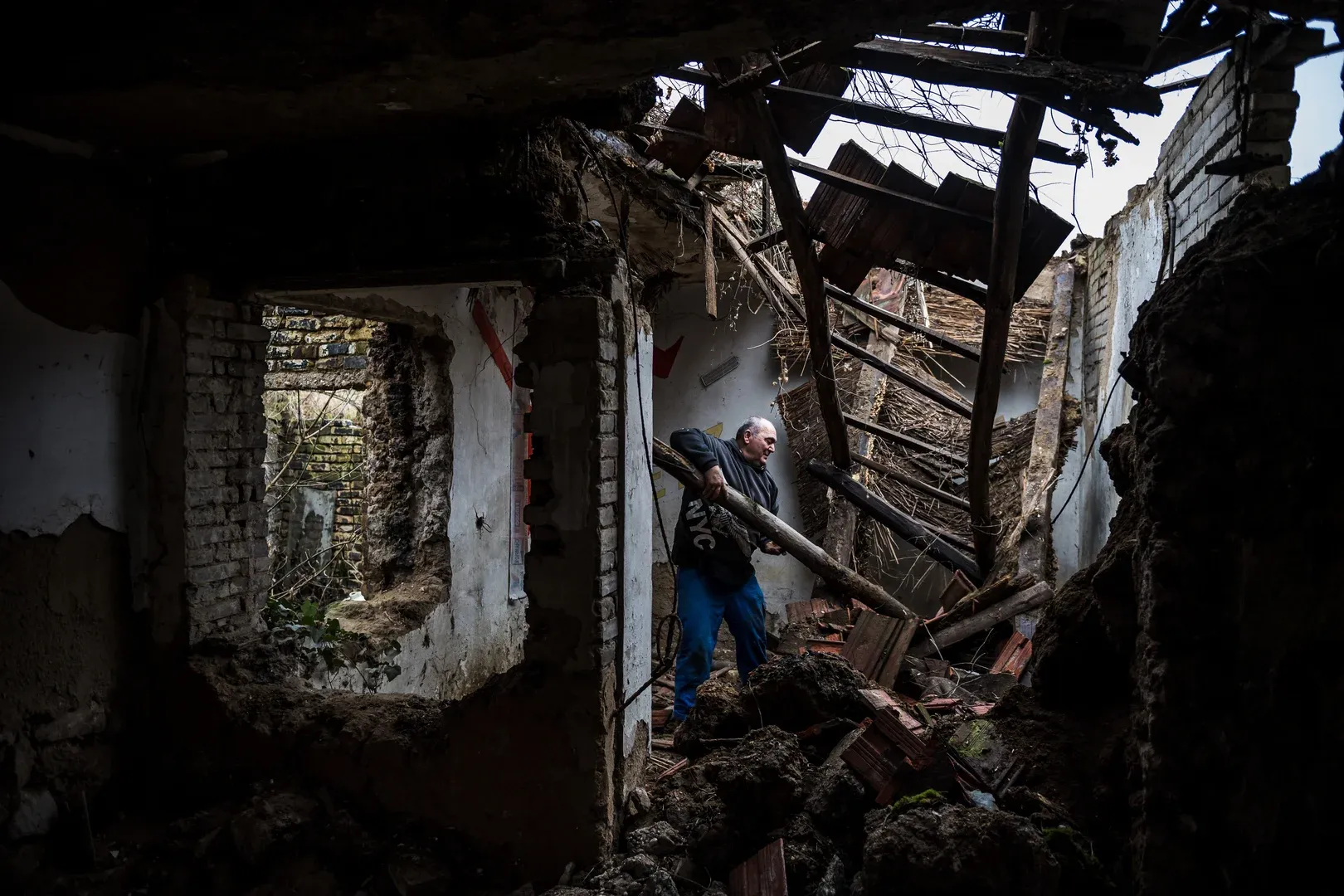
Márton Mónus (freelance): The Stifling Air of the Sajó Valley
There are places in Hungary where people have serious difficulties heating their homes. One such area is the Sajó Valley, where, due to its geography, the valleys often trap bad air and are not properly ventilated. Many people living here burn any combustible material to heat their poorly insulated homes. Unable to buy adequate fuel, they burn anything that can provide a little warmth. Fuel is often obtained in less than legal ways: by stealing from forests, searching for coal in dangerous pits dug in the waste heaps of closed mines, or stealing combustibles from abandoned buildings. As well as providing insufficient heat, this method of heating is extremely damaging to the environment and poses a serious health risk to the people who live here. Rising energy prices are forcing more and more people to do the same, adding to an already huge health risk.
Social Portrayal, Documentary Photography
(series) 2nd prize


Noémi Napsugár Melegh (Telex.hu): Gábor and Kálmán (2016-2022)
The series shows the lives of two middle-aged men living in Drégelypalánk, Nógrád County, their close relationship, and their love and attraction for each other. Gábor had previously lived for 10 years with the mother of his four children in a small village in Heves County. Kálmán was the father of five children and his wife died in 2012. Shortly afterwards, his three children, then minors, were placed in state care in Balassagyarmat. Neither of them maintained close contact with their children. Kálmán came into closer contact with Gábor in 2016, shortly after which he moved into Gábor's shelter, where they lived together for the past six years. They were not very well accepted by the Roma community, and their relationship – although never openly acknowledged – was frowned upon by most. Kálmán died of a heart attack on 4 January 2022. Gábor has since spent his days alone again. With my series, I would like to show how two lonely people, outcasts from society, can find understanding and happiness in each other's company.
Award winners:
The winners of the National Association of Hungarian Journalists (MÚOSZ) Grand Prize and the André Kertész Grand Prize are announced at the opening of the 40th Hungarian Press Photo Exhibition.
News and Event Photography
1st prize: István Huszti (Telex): Apocalypse
2nd prize: Szabolcs Vörös (Válasz Online): Disaster
3rd prize: Márton Merész (énbudapestem.hu)
Photo Report
1st prize: István Huszti (Telex): Shards
2nd prize: István Huszti (Telex): Hard times
3rd prize: István Huszti (Telex): Total resistance
Everyday Life (individual)
1st prize: Cini Fodor (freelance): Evening bath
2nd prize: Mátyás Szöllősi (freelance): Old lady
3rd prize: István Kerekes M. (freelance): The jump
Everyday Life (series)
1st prize: Bálint Szajki (24.hu): In Health and in Sickness
2nd prize: Anna Szilágyi (European Pressphoto Agency): Well, I'm frying
3rd prize: András István Juhász (freelance): For Us, Lake Balaton
Human Portrayal (individual)
1st prize: Árpád Kurucz (Magyar Nemzet): Graphic artist István Orosz
2nd prize: András Hajdú D. (freelance): The Garden of Hell
3rd prize: Csilla Cseke (freelance): Our Greats of Merit – Sándor Kardos, cameraman
Human Portrayal (series)
1st prize: Mátyás Szöllősi (freelance): In the Shadows
2nd prize: Péter Komka (freelance): Lili
3rd prize: Zalán Ilyés (freelance): This house is not for sale, because it is uninhabitable
Art (individual)
1st prize: Árpád Kurucz (Magyar Nemzet): AWS band
2nd prize: Balázs Ladóczki (freelance): Ecstasy
3rd prize: Éder Vera (freelance): The village on the hills
Art (series)
1st Prize: Márton Béres (Népszava): Musical Refuge
2nd prize: Merész ?árton (énbudapestem.hu): Austerlitz
3rd prize: János Bődey (Telex): You can't escape war even if your home isn't bombed out
Sport (individual)
1st prize: Gábor Erdélyi (freelance): Flying in a Sandstorm
2nd prize: Anna Szilágyi (European Pressphoto Agency): Shining
3rd prize: Bernadett Szabó (Reuters): Oops
Sports (series)
1st prize: Zoltán Vanik (Hungarian Cycling Federation): Once there was a Giro d'Italia in Hungary
2nd prize: Tibor Illyés (MTI/MTVA): The Weaker Sex
3rd Prize: Bea Kovács (freelance): Skiing is in Their Veins
Nature and Science (individual)
1st prize: Ádám Horváth (freelance): The World of the Badger
2nd prize: Ferenc Lőrincz Lőrinc Lőrincz (free): Firefish hunting I.
3rd prize: Irma Szabó (freelance): The Life of a Stork
Nature and Science (series)
1st prize: Zsolt Balázs (freelance): The Silent Sky above the Rumbling Fields – The 2022 Summer Drought in Hungary
2nd prize: Márton Mónus (freelance): I want to Breed Horses, not Camels
3rd prize: Márton Mohos (24.hu): Rusty River
Social Portrayal, Documentary Photography (individual)
1st prize: András Hajdú D. (freelance): The Boy from Kherson
2nd prize: Tibor Zagyi (Népszava): Frosty Nights
3rd prize: András D. Hajdú (freelance): Refugees
Social Portrayal, Documentary Photography (series)
1st Prize: Márton Mónus (freelance): The Stifling Air of the Sajó Valley
2nd prize: Noémi Napsugár Melegh (Telex.hu): Gábor and Kálmán (2016-2022)
3rd prize: Bea Kovács (freelance): Difficult Childbirth
SPECIAL AWARDS:
Escher Károly Award for the best news picture taken in Hungary:
Márton Merész (énbudapestem.hu): on „The Road of Shame”
Márton Munkácsy Prize for the best collection:
István Huszti (Telex)
Zoltán Szalay Award – for the best-performing photojournalist under 30:
Bálint Szajki (24.hu)
The best-performing photojournalist working in the counties:
Péter Komka (MTI/MTVA external contributor)
United Nations High Commissioner for Refugees (UNHCR) Special Award for the best individual photo of Ukrainian refugees:
András Hajdú D. (freelance)
United Nations High Commissioner for Refugees (UNHCR) Special Award for the best series of images of Ukrainian refugees:
Márton Béres (Népszava).
Special prize of SPAR Hungary: Award for the idea of sustainability
Péter Varga (freelance): Modern-day pirates
Simon Móricz-Sabján special prize for the best long-term work, offered by Pictorial Collective:
Márton Mónus (freelance): The Suffocating Air of the Sajó Valley
Carl Zeiss Vision Special Prize for unique vision:
Anna Szilágyi (European Pressphoto Agency): Shining
Special commendation:
Márton Kállai Márton Kállai (Szabad Föld): Visnyeszéplak
Péter Zsolnai (Blikk): Pay our Teachers!